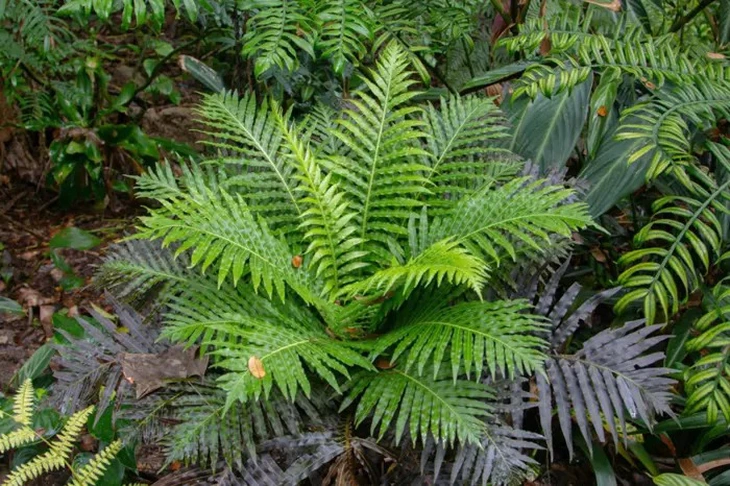
China's discovery is expected to open up a new approach to rare earth metal mining technology in a much cleaner and more sustainable way than traditional mining - Photo: The Star
The fern Blechnum orientale is known as a metal hyperaccumulator, able to grow in soil and water containing high concentrations of metals thanks to its ability to absorb and sequester them in plant tissue. However, upon further analysis, the research team from the Chinese Academy of Sciences discovered that it also possesses a special ability never before recorded.
According to geochemist Liuqing He, the fern's spores and tissues contain tiny nano-sized crystals made of rare earth elements. This is a complete surprise because rare earth minerals like monazite were previously thought to form only under extremely high temperature and pressure conditions deep underground. For the first time, monazite has been discovered forming in the surface environment and inside the body of a plant.
Rare earths are a key group of elements in modern technology, from smartphones, electric cars, wind turbines to many defense equipment. They are extremely difficult to mine, expensive to produce, and traditional mining often causes serious environmental pollution.
In the context of global supply being subject to many fluctuations and being affected by trade barriers, finding safer exploitation solutions is an urgent requirement for many countries.
From the discovery in southern China, the team believes this could be the key to advancing phytomining technology, a method of using plants to draw metals from the soil for later recovery and processing.
Compared to ore mining, this method almost does not destroy the soil structure and minimizes toxic waste. However, phytomining with rare earths has not been very effective in the past because no plant species has proven its ability to create metal crystals like monazite right in the body.
At the nanoscale, the monazite crystals produced by the fern are not only biologically significant, but could also have great industrial value. According to the authors, this could be an important step forward in developing a process for recovering rare earths using plants, helping to reduce dependence on mining and limit pollution.
Scientists say the discovery opens up a whole new direction of research into the ability of plants to process precious metals. Understanding the mechanism of rare earth crystal formation in this fern species will not only help develop sustainable mining technology but also contribute to decoding how Earth's ecosystems process heavy elements at the microscopic level.
This could be one of the important steps to face the challenges of clean energy, high-tech manufacturing and environmental protection in the future.
Source: https://tuoitre.vn/trung-quoc-phat-hien-loai-duong-xi-co-the-tu-luyen-dat-hiem-20251121093344681.htm




![[Photo] Next to the "mountain of trash" after the flood, Tuy Hoa residents strive to rebuild their lives](/_next/image?url=https%3A%2F%2Fvphoto.vietnam.vn%2Fthumb%2F1200x675%2Fvietnam%2Fresource%2FIMAGE%2F2025%2F11%2F24%2F1763951389752_image-1-jpg.webp&w=3840&q=75)







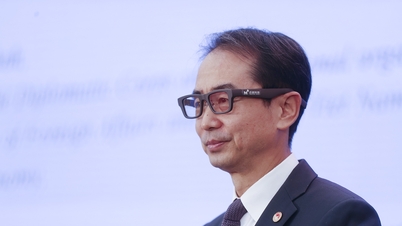



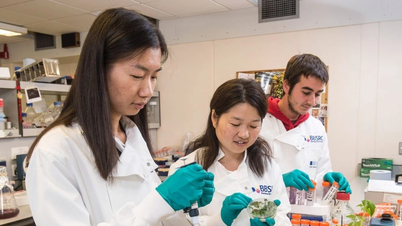






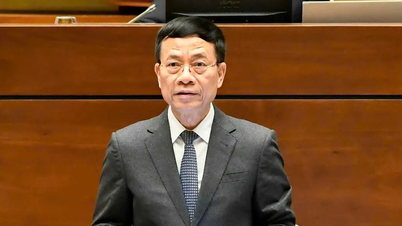


















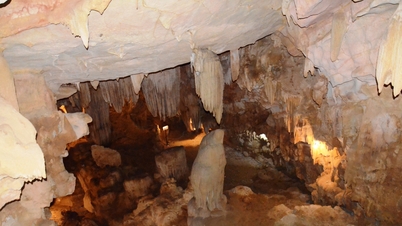


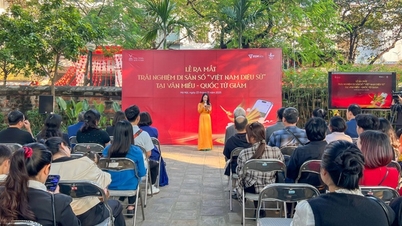



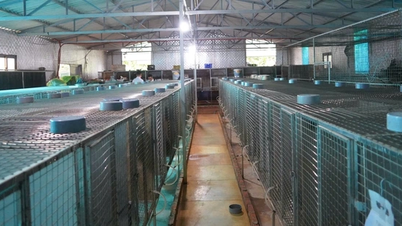




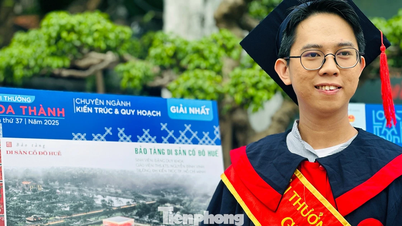





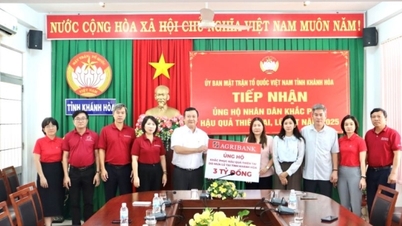











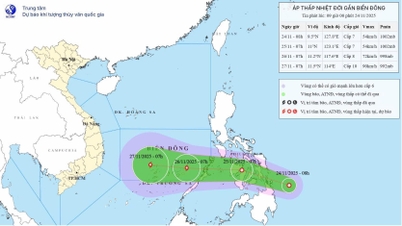


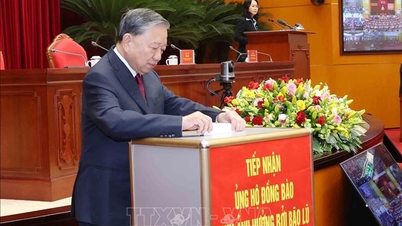










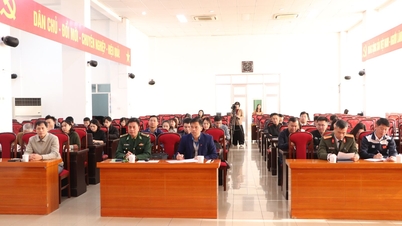
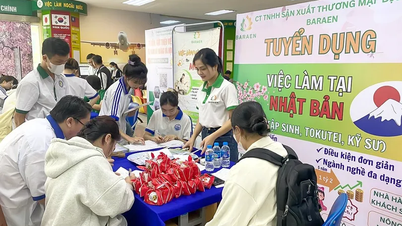

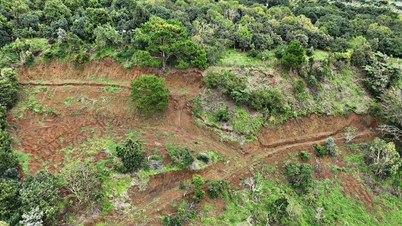



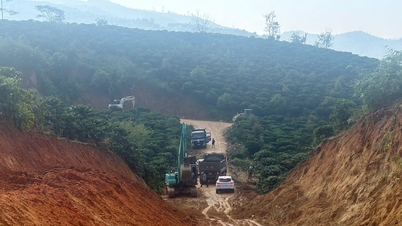
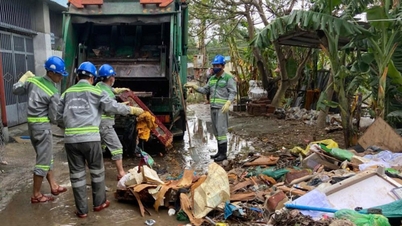















Comment (0)